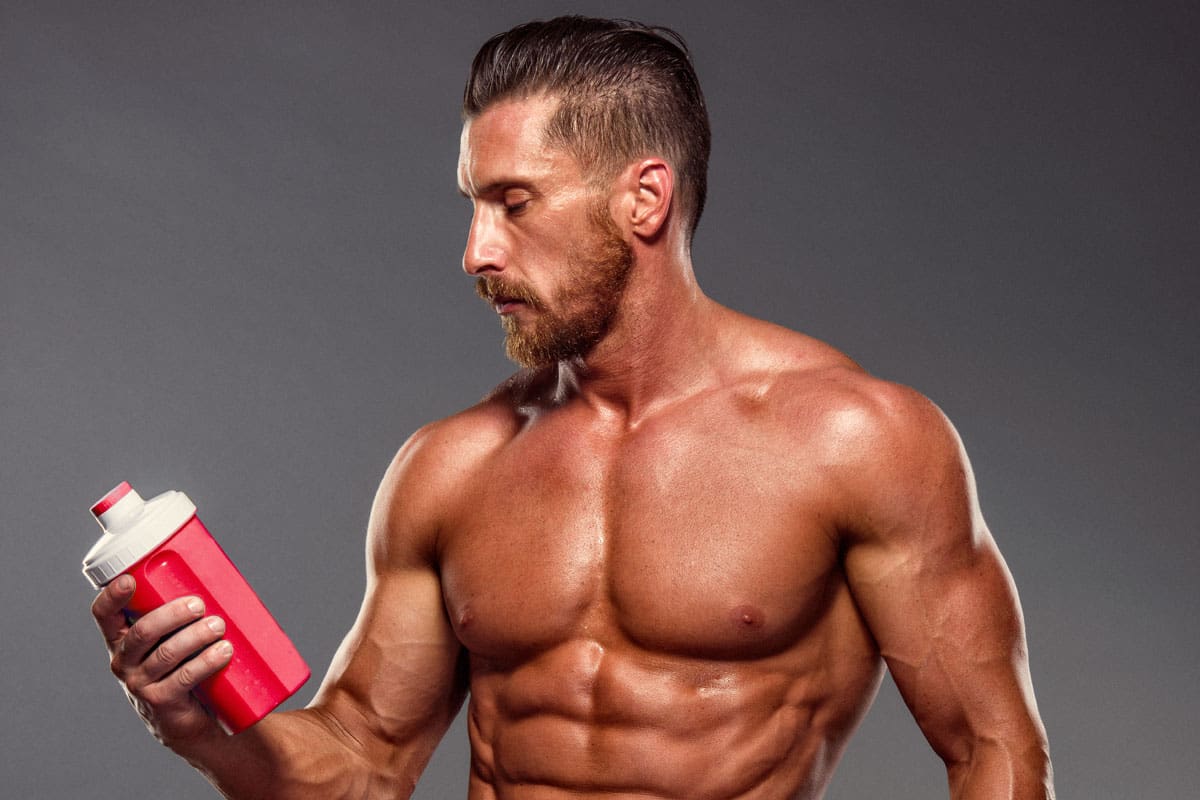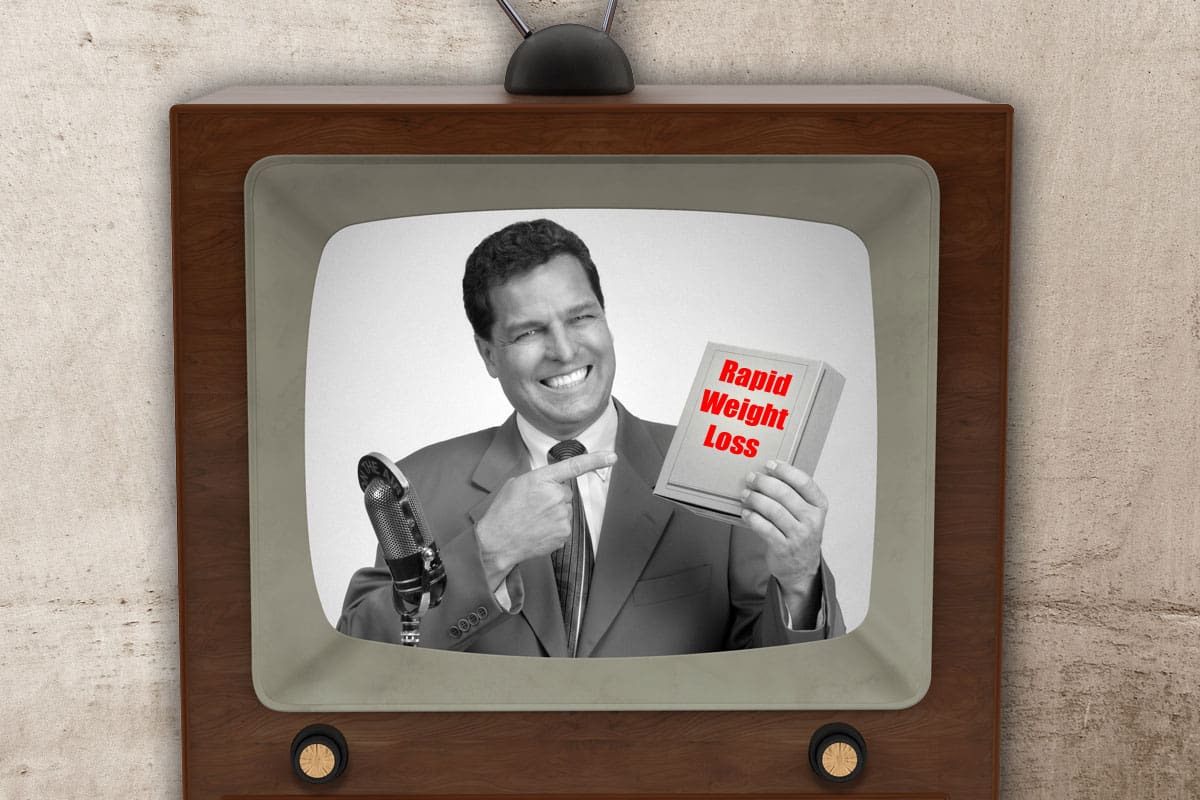When you start going to the gym and showing interest in building and growing your muscles, you will get swamped with so much new information. And trust me, even when you become a seasoned gym-goer or a professional weightlifter/bodybuilder/athlete, there is still so much to learn.
For example, do you know what hypertrophy training is and what its benefits are? Is it the same thing as strength training? You can find the answers to these questions (and several more) by reading this article. Let’s start with defining hypertrophy training!
WHAT IS HYPERTROPHY TRAINING?
As its name suggests (hyper + trophy), hypertrophy is the growth of tissues, organs, and muscles. Hypertrophy refers to a particular type of growth when tissues grow because its component cells grow. In comparison, hyperplasia is also a type of tissue/muscle/organ growth, but it occurs when the component cells divide and grow in number while still staying at the same site.
Hypertrophy training is focused on growing muscles by forcing each muscle fiber to grow. This type of training is especially popular among bodybuilders and everyone who wants bigger muscles. To achieve that goal, they perform specific exercises that increase the volume of different muscle groups.
WHY IS HYPERTROPHY TRAINING GOOD FOR YOU?
Of course, the greatest benefit of hypertrophy training is having your muscles grow. However, there is a correlation between muscle size and muscle strength, so your muscles will become stronger as well.
Furthermore, bigger muscles will increase your functional fitness as well. This means that you will become better not just at doing various exercises but also at daily physical activities. Your posture will also get better, as well as your balance.
Since most people want bigger muscles because they want to look better, hypertrophy training is a perfect way to improve your looks and confidence. Big muscles will certainly give you that confidence boost. They will also make you look tougher, which means people will be less likely to mess with you.
Additionally, bigger muscles will improve your chances in the world of dating. Of course, you can’t solely rely on your muscles. You still need to be an interesting and decent person, but let’s be honest, big muscles will make dating much easier for you.
Bigger muscles will also boost your metabolism because they burn more calories even when resting. Your basal metabolic rate will also increase. This means your body will need more calories to perform just the most basic tasks.
This is good news if you want to keep or lose your weight. Higher basal metabolic rate and bigger muscles will spend more calories with the same effort from your side. This will also keep your body fat percentage at its minimum.
Hypertrophy training can also increase your bone density, which is crucial for leading an active and high-quality life in the later stages of your life. Good bone density will prevent conditions such as osteoporosis and injuries such as broken bones.
Finally, hypertrophy training (and any other type of exercise) will improve your mental health, boost your mood, and help you fight depression, anxiety, and other mental health disorders. And, let’s not forget about other benefits of hypertrophy training, such as improved cardiovascular health and reduced risk from diseases such as cancer and type 2 diabetes.
HYPERTROPHY TRAINING VS STRENGTH TRAINING
You are probably wondering what the difference is between hypertrophy training and strength training. The first difference is the most obvious one: hypertrophy training focuses on muscle growth, while strength training focuses on muscle strength.
Sure, muscle size and strength are correlated, but a bigger muscle doesn’t always mean a stronger muscle. Increased muscle strength is just one of the results of hypertrophy training, while strength training focuses exclusively on muscle strength.
This difference in desired results will also cause a difference in the workout regimen. In other words, you can do similar types of exercises for hypertrophy and strength training, but you will need to make certain adjustments.
For example, during hypertrophy training, you will need to do more reps and sets with shorter rest periods between sets. You will also need to work with lighter weights. On the other side, when you do strength training, you work with heavier weights but with fewer reps and sets. Also, you will need longer rest periods between sets.
When focused on hypertrophy training, you will need to have more workout days in a week. With strength training, you should exercise less frequently and allow your body to rest more between two visits to the gym.
Furthermore, even though you will do similar exercises for strength and hypertrophy training, there are some important differences. When you are doing strength training, you are targeting several muscle groups at once, while hypertrophy training should isolate and activate one muscle or muscle group.
Finally, your diet should reflect your goals. Strength training requires food that’s a bit higher in carbs because you need a lot of energy for this type of training. Hypertrophy training requires a diet rich in protein, as much as possible, because protein builds muscle and makes it grow.
ESTABLISH YOUR OWN HYPERTROPHY TRAINING REGIMEN
Now that you have learned the basics of hypertrophy, its benefits, and its differences in comparison to strength training, it is time to come up with your hypertrophy exercise plan. Fortunately, it’s not too complicated; you just need to become familiar with some terms.
First of all, there is the abbreviation “1RM,” and it signifies your one-repetition maximum. It is basically the maximum load you can lift in one repetition. This term is used to determine the exercise intensity.
For example, if your 1RM is 100 lbs, lifting those 100 lbs means that you are lifting 100% of your 1RM. However, if you decide to do less intense exercise and lift only 50 or 70 lbs, you will be lifting loads of 50/70% of your 1RM.
When doing hypertrophy training, you should lift anywhere between 67% and 85% of your 1RM. This will allow you to do more repetitions and force your muscles to grow. If you try to lift heavier loads, more than 85% of your 1RM, you will be able to do fewer reps, essentially doing strength training.
Speaking of reps, the ideal number of reps for hypertrophy training is 6-12. This number is perfect for achieving metabolic stress and optimum mechanical tension, both needed to stimulate muscle growth.
Since a higher overall training volume is essential for hypertrophy training, you will need to do several sets of each exercise, with 3-6 sets being the optimal number. This way, you will achieve a high training volume and grow your muscles.
Avoid going to muscular failure while doing hypertrophy training. Even though muscular failure promotes muscle growth, it can make you burned out and too tired to perform enough reps and sets, hindering your hypertrophy training.
Don’t forget to rest! Even though hypertrophy training means less time spent resting, you should still give your body a break. In general, rest periods of 30-90 seconds between sets are optimal for hypertrophy training. However, some findings suggest that you need at least 2 minutes of rest between sets. Try both suggestions and choose what works best for you.
Depending on your goals, current muscle mass, and other factors, you should train for hypertrophy 3-5 days a week. Basically, you should train each muscle group 2-3 times a week.
CONCLUSION
Hypertrophy training is the ideal form of exercise for those who want big muscles. This type of training includes doing more reps and sets with lower weights, and as such, it promotes muscular growth.
Apart from bigger muscles, hypertrophic training will give you more strength, confidence, and faster metabolism. Follow my tips from this article to develop your hypertrophy exercise regimen and stay safe. You will see the first results faster than you expect!









